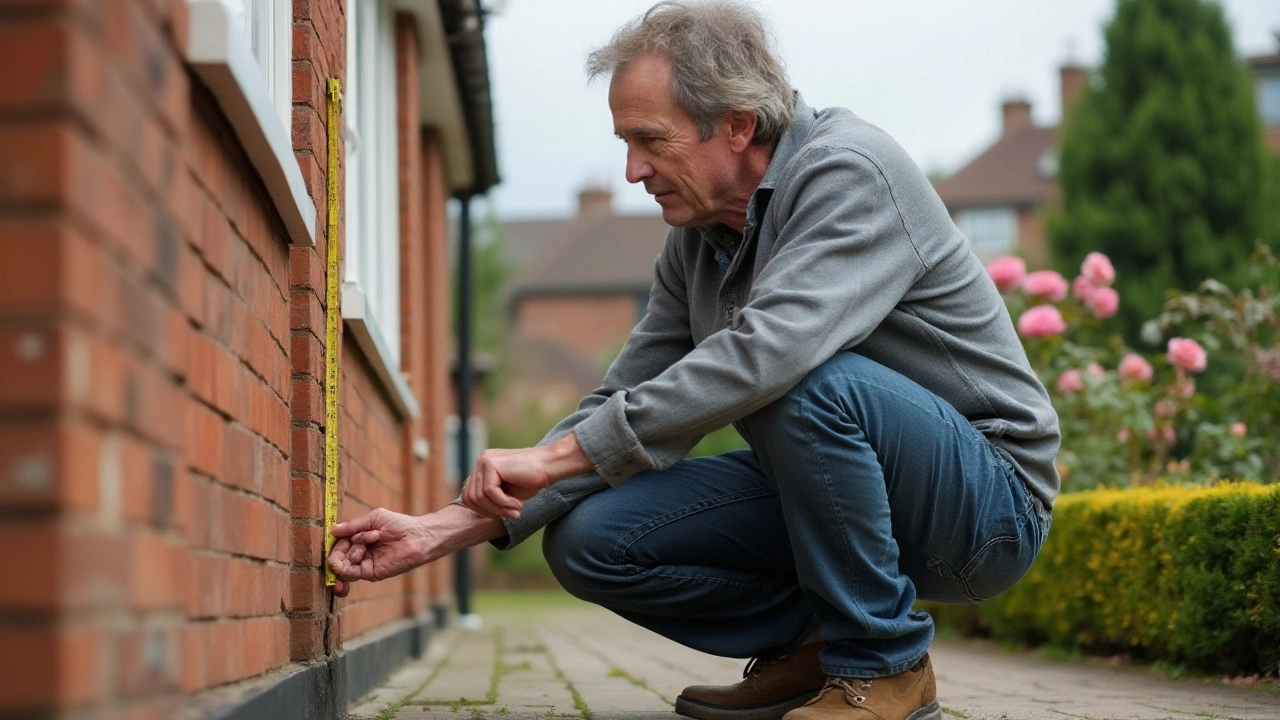Horizontal Cracks: What They Mean and How to Fix Them
If you’ve spotted a straight line cracking across your wall or slab, you’re probably wondering if it’s just a cosmetic issue or a sign of something bigger. Horizontal cracks aren’t as common as vertical ones, but they can tell you a lot about the health of your foundation. In this guide we’ll break down why they happen, when you should be worried, and what it really costs to get them repaired.
Why Horizontal Cracks Appear
Most horizontal cracks form when pressure pushes against the side of a foundation. The pressure often comes from expanding soil, water buildup, or a shift in the ground beneath the house. When that pressure is strong enough, the concrete or masonry snaps sideways, creating a horizontal line.
Typical causes include:
- Heavy rains that saturate the soil and cause it to swell.
- Improper drainage that lets water sit against the foundation.
- Excavation or nearby construction that changes the earth’s load.
- Old foundations that have lost strength over time.
Because the crack runs parallel to the ground, it often signals that the wall is being pushed inward, which can affect the structural integrity of the whole building.
Fixing Horizontal Cracks: Costs & Steps
When you see a horizontal crack, the first thing to do is call a professional for an assessment. A qualified plumber or structural contractor can tell you if the crack is harmless or if it needs urgent repair.
Repair costs vary based on size, depth, and the underlying cause. A typical horizontal foundation crack repair in the UK can range from £500 for a small, shallow crack to over £3,000 for a large, structural issue that requires underpinning or wall reinforcement. The price includes:
- Inspection and testing (often a simple visual check and maybe a moisture read).
- Cleaning out the crack and preparing the surface.
- Injecting epoxy or polyurethane resin to seal the gap.
- Adding steel reinforcement or underpinning if the wall is bowing.
- Finishing work to match the surrounding wall.
Most homeowners find that the biggest expense is fixing the cause, not the crack itself. Proper drainage, French drains, or grading the ground away from the house can add a few hundred pounds but prevent future cracks.
Here’s a quick checklist to decide if you need a pro:
- Is the crack wider than 3 mm? Call a pro.
- Does the crack keep growing after a rain? Call a pro.
- Is there bulging, leaning, or doors that stick? Call a pro.
- Is the crack isolated, hairline, and unchanged for months? You might monitor it yourself.
Remember, ignoring a serious horizontal crack can lead to bigger structural damage, lower property value, and higher repair costs down the line.
Bottom line: horizontal cracks are a warning sign, not just a paint problem. Get them checked early, understand the real repair cost, and take steps to keep water away from your foundation. A little investment now can save a lot of hassle later.

